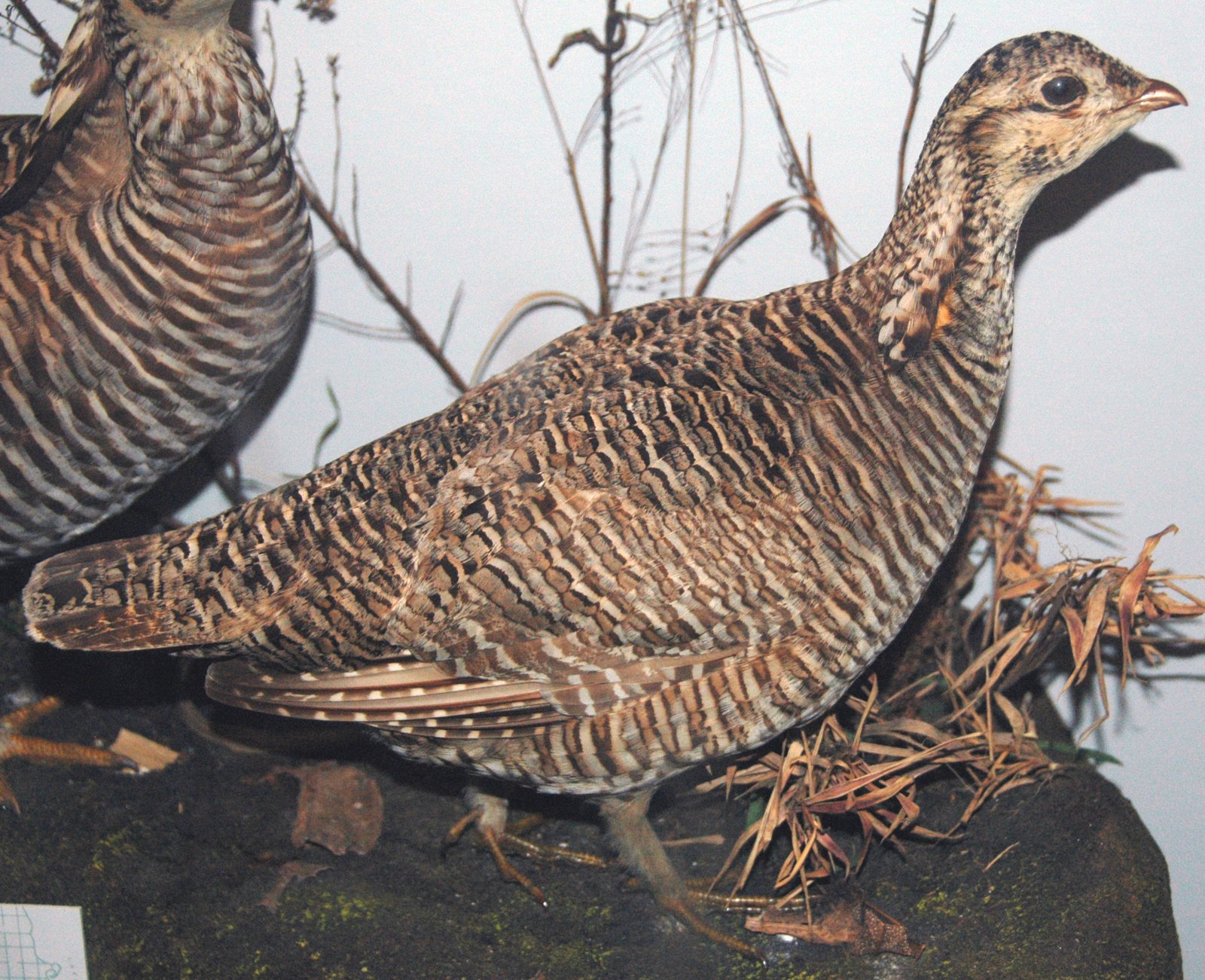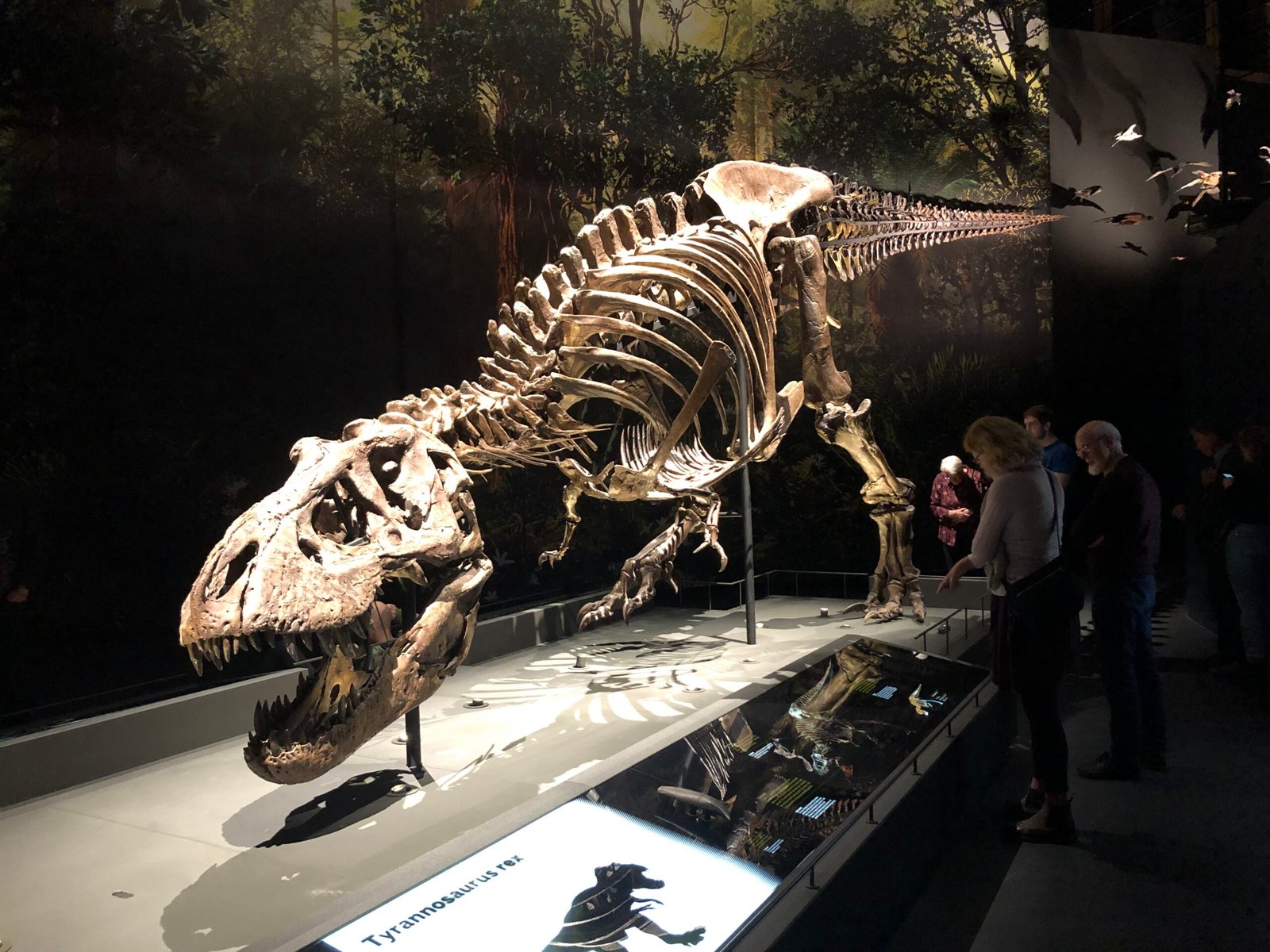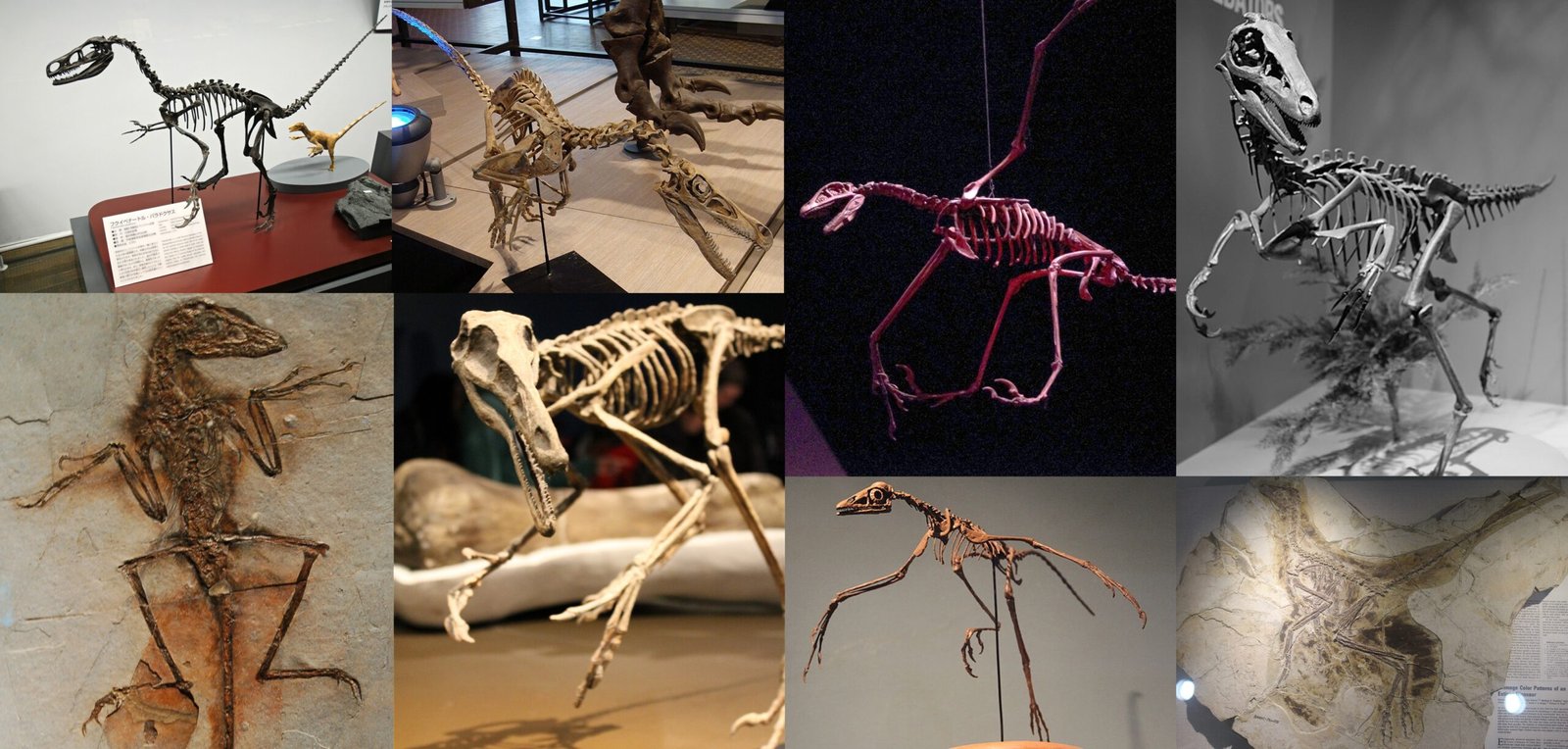Have you ever looked at a chicken pecking in the yard and wondered if it harbors a secret from the distant past? Imagine this: the creature we often see as Sunday dinner or a backyard companion shares a hidden bond with the most fearsome predator ever to walk the earth—the mighty Tyrannosaurus rex. It sounds like the plot of a science fiction movie, but this is a tale written by evolution itself. The connection between chickens and T. rex isn’t just surprising; it’s a mind-bending revelation that has reshaped how we think about both dinosaurs and the birds we see every day. Let’s embark on a journey from the thunderous footsteps of prehistoric giants to the gentle clucks of modern chickens, discovering how these two worlds are more closely linked than anyone could have imagined.
The Dinosaur Legacy Lives On

When people think of dinosaurs, images of massive reptiles stomping through ancient forests come to mind, not feathered creatures flapping about in our backyards. Yet, the scientific consensus is clear: birds are the direct descendants of dinosaurs. This incredible link was first hinted at by fossil discoveries showing small, birdlike dinosaurs with feathers. Over time, more evidence piled up, making it undeniable that birds are living dinosaurs. The next time you watch a chicken scratch at the dirt, remember that you’re looking at a distant echo of the age of giants.
Unearthing the Evidence: Fossils and Feathers
The journey to understanding the bird-dinosaur connection began with puzzling fossils. In the 19th century, the discovery of Archaeopteryx—a creature with both wings and teeth—sparked fierce scientific debates. Over decades, paleontologists uncovered more fossils, especially from China, showing dinosaurs with feathers, wishbones, and other birdlike traits. These discoveries painted a vivid picture: many dinosaurs, including some related to T. rex, sported feathers. It was a shocking realization that forced us to rethink what dinosaurs looked like and how they lived.
The Tyrannosaurus rex: Not Just a Monster
Tyrannosaurus rex, with its massive jaws and bone-crushing bite, is the superstar of the dinosaur world. But under that scaly skin in our imaginations, T. rex was more than just a brute. Fossil evidence suggests that T. rex shared many anatomical features with birds, such as a wishbone (furcula) and air-filled bones. These similarities hint at a much closer relationship than once thought. Some scientists even believe that young T. rex may have had a downy covering of feathers, much like baby chicks today.
Chickens: Modern Relatives of the Ancient King

It’s almost comical to think that the humble chicken, often seen as awkward and harmless, could be a relative of the terrifying T. rex. Yet, when scientists analyzed the DNA and proteins from well-preserved dinosaur fossils, they found striking similarities with modern birds—especially chickens. One groundbreaking discovery involved extracting soft tissue from a T. rex fossil and comparing its collagen to that of chickens. The match was closer than anyone had predicted, firmly cementing chickens as part of the dinosaur family tree.
DNA: The Thread Connecting Past and Present
DNA is the blueprint of life and plays a crucial role in linking chickens to their prehistoric ancestors. Although dinosaur DNA degrades over millions of years, scientists have managed to study ancient proteins and genetic markers preserved in fossils. By comparing these to modern bird DNA, researchers have traced a direct evolutionary line from non-avian dinosaurs to birds. This genetic connection isn’t just a quirky fact—it’s a revolutionary insight that bridges 66 million years of evolutionary history.
Behavioral Echoes: Instincts from a Lost World
If you’ve ever watched a chicken dust-bathe, scratch for food, or display sudden bursts of aggression, you might be witnessing echoes of ancient dinosaur behavior. Many bird behaviors—such as complex courtship dances, territorial displays, and nesting rituals—mirror those inferred from dinosaur fossils and trackways. Scientists believe that some characteristics, like brooding eggs or forming flocks, may have first evolved in dinosaur ancestors, only to be perfected by their avian descendants.
Skeletons Tell the Story

The similarities between chicken and T. rex skeletons are more than skin-deep. Both share a unique arrangement of bones, including the previously mentioned wishbone, three-toed limbs, and certain skull features. These anatomical parallels are not just coincidences; they are the fingerprints of shared ancestry. When paleontologists lay out the skeletons side by side, the story of evolution comes alive, revealing how dramatic changes over millions of years gave rise to one of the most successful groups of animals on the planet.
The Science of Reverse Evolution

Some scientists have even explored the idea of reverse evolution, attempting to unlock ancient traits hidden within chicken DNA. In several groundbreaking experiments, researchers have managed to trigger dormant genes in chicken embryos, causing them to develop dinosaur-like features such as teeth or longer tails. While these “dino-chickens” are nowhere near becoming real dinosaurs, these experiments prove that the genetic instructions for ancient traits are still lurking within modern birds.
Chickens in Popular Culture: From Barnyard to Big Screen
The idea that chickens are related to dinosaurs has leapt from the pages of scientific journals to popular culture. Movies, cartoons, and even children’s books now play with the concept, making it exciting and accessible. For example, the famous scene in Jurassic Park where a character compares a flock of ostriches to raptors isn’t far from the truth. Chickens have become unexpected ambassadors for their ancient relatives, helping to spark curiosity about evolution and natural history.
Why This Connection Matters

Understanding the link between chickens and T. rex is more than a quirky bit of trivia—it changes how we see the world around us. It reminds us that evolution is an ongoing process, full of surprises and hidden connections. By studying birds, scientists gain insights into dinosaur biology, behavior, and extinction. This knowledge can help us protect endangered species and preserve the fragile threads that connect all life on Earth, past and present.
Reflecting on Our Prehistoric Neighbors
The next time you hear a rooster crow or see a hen foraging, pause for a moment and imagine the ancient legacy carried in their genes. The story of chickens and T. rex is a testament to the power of evolution and the unexpected ways our world is connected. Who would have guessed that the king of the dinosaurs and the humble chicken are cousins in the grand family tree of life?



